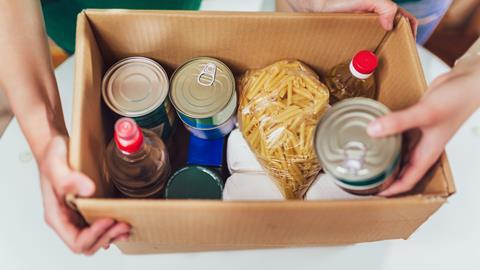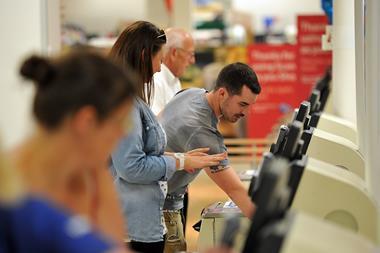Fresh inflation warnings have hit the headlines yet again today. According to economic analysts, rates could top 18% by January.
There is no underestimating the impact on households. As Hargreaves Lansdown warns, this could “push millions of people into dire straits”.
And inflation on grocery items may well go even higher, if the trend so far is anything to go by. This month, ONS data revealed grocery inflation was ahead of the overall 10.1% rate – weighing in at 12.7%.
Hargreaves Lansdown points out many staple products, such as milk and pasta, have already risen well ahead of the forecast 18% inflation rate. That’s backed up by Assosia data compiled for the Grocer 33, which shows a pint of own-label, semi-skimmed milk is up by an average of 65% on last year in the mults, with 250g of butter up by an average of 33% [52 w/e 21 August 2022]. Meanwhile, own-label large free-range eggs are up by 27% [52 w/e 13 August 2022].
Already, this is leading to shoppers changing their behaviour. In April, NielsenIQ reported 16% of UK consumers had stopped buying certain products completely due to cost pressures. This rose to 21% for ‘strugglers’: those who have suffered job or income loss. Some consumers have even reported ditching milk – instead taking their coffee black – to cut costs.
Food banks
On the sharpest end of these pressures, shoppers are moving away from supermarkets and into food banks. In July, The Trussell Trust reported a 29% rise in the demand for food parcels compared with last year. “Lower income families are worst-hit by the cost of living crisis not just because they have the fewest ways to cut back on their existing spending,” says Jack Leslie, senior economist at the Resolution Foundation.
So further inflation in food prices – on top of energy prices that are set to reach new highs – could lead to the largest shift in consumer behaviour in recent history.
No doubt this is why Iceland has gone big big on initiatives such as its interest-free micro loans and vouchers for pensioners.
But the real focus for cash-strapped shoppers in the coming months will be the price of essential products. While retailers with more affluent consumer bases may escape the impact to some extent, those at the discount end of the market – Iceland, Aldi and Lidl, in particular – will come under ever more scrutiny. Will they be grateful for Iceland’s innovative move into finance? Or would they rather supermarkets keep to what they’re good at by offering them the best possible value?
All eyes are already on these retailers as they seek to battle inflation. The scrutiny will only grow if 18% becomes a reality.




















No comments yet